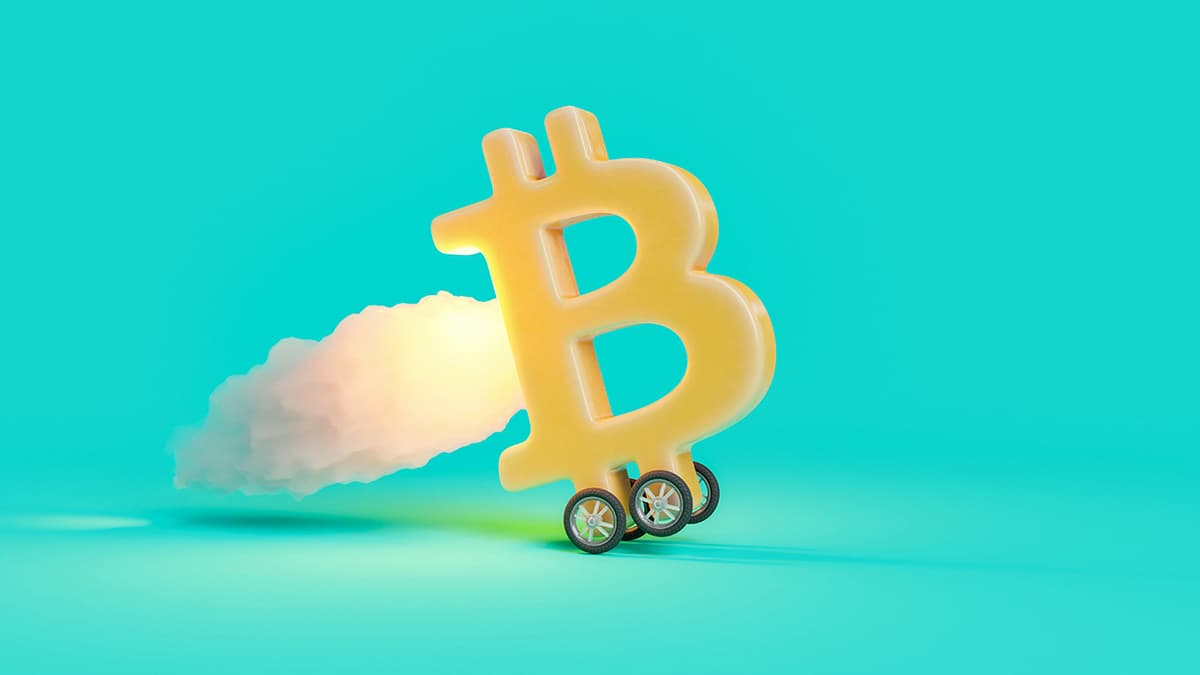Backbone.js Framework
Backbone.js is a lightweight JavaScript framework that structures web applications. It offers models with key-value binding and custom events, collections featuring a rich API of enumerable functions, and views with declarative event handling. It connects seamlessly with your existing API over a RESTful JSON interface.
Introduction to Backbone.js
What is Backbone.js? It simplifies the development of complex, single-page web applications. It organizes code efficiently by following the Model-View-Presenter (MVP) architectural pattern.
Backbone.js provides three main components: Models, Collections, and Views. Each component plays a crucial role in creating interactive and responsive web applications.
Models
What are Models in Backbone.js? Models represent the data of your application. They encapsulate fields and behaviors associated with specific data, allowing structured interaction and manipulation.
Example of a Model
Javascript
In this example, a Book model has title and author attributes. We create an instance named myBook with specified values.
Models provide built-in validation support, events for listening to changes, and the ability to interact with a RESTful API to persist data.
Collections
What are Collections in Backbone.js? Collections manage a group of models as a single unit. They simplify working with multiple model instances and provide operations for filtering, sorting, and searching.
Example of a Collection
Javascript
In this snippet, we define a Library collection containing Book models. We create an instance named myLibrary and add the myBook model.
Collections come with numerous methods such as add, remove, each, and fetch, facilitating data manipulation in your application.
Views
What are Views in Backbone.js? Views handle rendering models and collections to the DOM and manage user interactions. They separate presentation logic from data logic, ensuring a clean code structure.
Example of a View
Javascript
This code defines a BookView that displays a single Book model. The tagName property sets the view's HTML element, while the template sets the view’s structure through Underscore.js templating.
Views support event delegation, allowing responses to user interactions like clicks and inputs. They also enable nested views for creating complex UI components.
Backbone.js in Action
How do the components of Backbone.js work together in a real-world scenario? Consider a simple bookstore application displaying a list of books:
Javascript
In this example, LibraryView represents the entire library interface. It listens for add events on the collection to render new books dynamically. The renderBook method creates and appends a new BookView for each book.
By utilizing Backbone.js components, you can build a well-structured and interactive bookstore application that is easy to maintain and expand.












